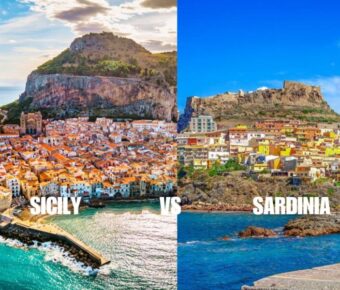
Athens vs Istanbul: 7 Key Differences Every Traveler Should Know
Picking between Athens and Istanbul is one of those travel dilemmas that can keep you up at night. I’ve gone back and forth myself. Both cities are soaked in history, bursting with culture, and the food? Let’s just say you’ll be thinking about it weeks after you get home. If you’re chasing ancient ruins and the birthplace of democracy, Athens has your heart; if you want a city that straddles Europe and Asia with Ottoman and Byzantine flair, Istanbul’s your spot.
Honestly, it’s tough because they both deliver, just in totally different ways. In Athens, you might stroll past the Acropolis on your way to grab souvlaki. In Istanbul, you’ll sip tea by the Bosphorus after haggling in the Grand Bazaar. Both cities have their own pulse, and the vibe you’re after will probably tip the scales.
Table of Contents
- Key Takeaways
- Historical Significance and Heritage
- Ancient Athens: Cradle of Western Civilization
- Byzantine and Ottoman Eras in Istanbul
- Democracy, Philosophy, and Classical Thought
- Constantinople’s Legacy
- Iconic Landmarks and Attractions
- Acropolis and Parthenon
- Hagia Sophia and Blue Mosque
- Grand Bazaar and Topkapi Palace
- Agora and Plaka
- Culinary Experiences and Local Flavors
- Greek Cuisine and Souvlaki
- Turkish Cuisine and Kebabs
- Coffee Culture: Greek vs Turkish
- Sweets: Baklava and Turkish Delight
- City Life and Neighborhood Vibes
- Athens Old Town and Plaka
- Beyoglu and the Asian Side
- Nightlife and Entertainment
- Getting Around: Transportation and Accessibility
- Public Transit: Buses, Trams, and Metros
- Ferries and Cross-Continent Journeys
- Climate, Environment, and Best Time to Visit
- Mediterranean Climate Comparison
- Average Temperatures and Weather Patterns
- Frequently Asked Questions
- What cultural differences should I expect when traveling between Athens and Istanbul?
- How does the cost of living compare between Athens and Istanbul for tourists?
- What are the must-see historical sites in both Athens and Istanbul?
- Can you recommend the best travel itinerary for a combined trip to Athens and Istanbul?
- What are the transportation options available when traveling from Athens to Istanbul?
- How do the culinary experiences in Athens differ from those in Istanbul?
- Book Your Dream Experience
- More Travel Guides
Key Takeaways
- Both cities pack in deep history and iconic landmarks
- Food and culture shape totally different, but equally awesome, experiences
- Timing and transport can totally sway which city fits your plans
Historical Significance and Heritage
Athens and Istanbul both carry layers of history that shaped not just their own people, but entire civilizations. The rise of democracy in Greece, the transformation of Constantinople—these stories still echo in their streets and traditions.
Ancient Athens: Cradle of Western Civilization

When you wander Athens, you’re literally walking through the roots of Western thought. The Acropolis looms over the city, with the Parthenon still standing proud after more than two thousand years. It’s more than a ruin—it’s a mashup of architecture, politics, and art, all in one spot.
Back in the 5th century BCE, Athens buzzed with ideas. Citizens debated in the Agora, sculptors carved gods from marble, and playwrights put on dramas that still make the rounds today.
I can’t help but picture Socrates strolling around, asking questions that probably drove everyone nuts but ended up changing philosophy forever. It’s wild how much of that world still feels relevant. You see it in how cities run, the layout of public spaces, even in words like “democracy”—straight from Athens.
Byzantine and Ottoman Eras in Istanbul
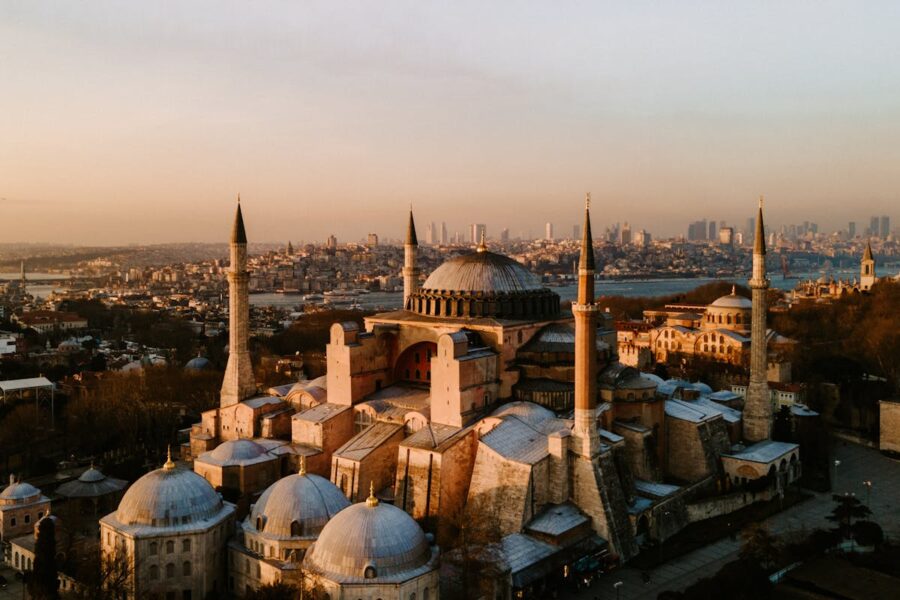
Istanbul’s story? It’s like a book with a hundred authors. Byzantion, then Constantinople, then Istanbul—each era left its fingerprints everywhere. The Hagia Sophia, built in the 6th century, stands as a symbol of that mashup—part church, part mosque, now a museum again, and honestly, it’ll make your jaw drop.
When the Ottomans rolled in back in 1453, everything changed. Istanbul became the Ottoman capital, a place of minarets, sprawling bazaars, and palaces. You can still wander through the Grand Bazaar or gaze at the Blue Mosque and feel the echoes of that era.
What blows me away is how Istanbul holds all these identities at once. Byzantine mosaics hide inside Ottoman buildings, and you’ll stumble onto old churches just steps from grand mosques. That mix gives the city its energy—alive, not just frozen in time.
Democracy, Philosophy, and Classical Thought
Athens wasn’t just about the monuments—the ideas mattered just as much. The city gave us democracy. Not perfect, but for its time, totally revolutionary. Citizens had a say (well, not women, slaves, or foreigners, but still, the idea spread far beyond Greece).
Philosophy thrived here. Plato, Aristotle, Socrates—they asked the big stuff: What’s justice? How should we live? If you’ve ever sat in a café arguing about life, you’re basically channeling Athens.
Even now, Athens feels like a city where ideas count. Lively debates spill out of tavernas, graffiti shouts political messages, and Syntagma Square hosts protests. The city never really stopped experimenting with democracy and thought—it just wears a different face now.
Constantinople’s Legacy
Constantinople wasn’t just another Roman city—it was the city. When Emperor Constantine picked it as his capital in 330 CE, it became the center of power for over a thousand years. Its walls, palaces, and churches made it the envy of both Europe and Asia.
The city’s spot on the Bosphorus let it control trade between the Black Sea and the Mediterranean. That kind of wealth built insane art and architecture, much of which you can still spot wandering Istanbul today.
Even after the Ottomans changed the name to Istanbul, Constantinople’s legacy lingers. The old city’s layout, Orthodox Christian traditions that spread from here, and the cultural exchanges that shaped Europe and the Middle East all trace back to that long reign.
Stand on the Galata Bridge at sunset, look back at the domes and spires, and you’ll feel it. That history isn’t gone—it’s just woven into the city’s fabric.
Iconic Landmarks and Attractions
Athens and Istanbul both serve up some of the world’s most recognizable landmarks. You’ll stumble on ancient ruins, grand mosques, lively markets, and neighborhoods bursting with stories.
Acropolis and Parthenon
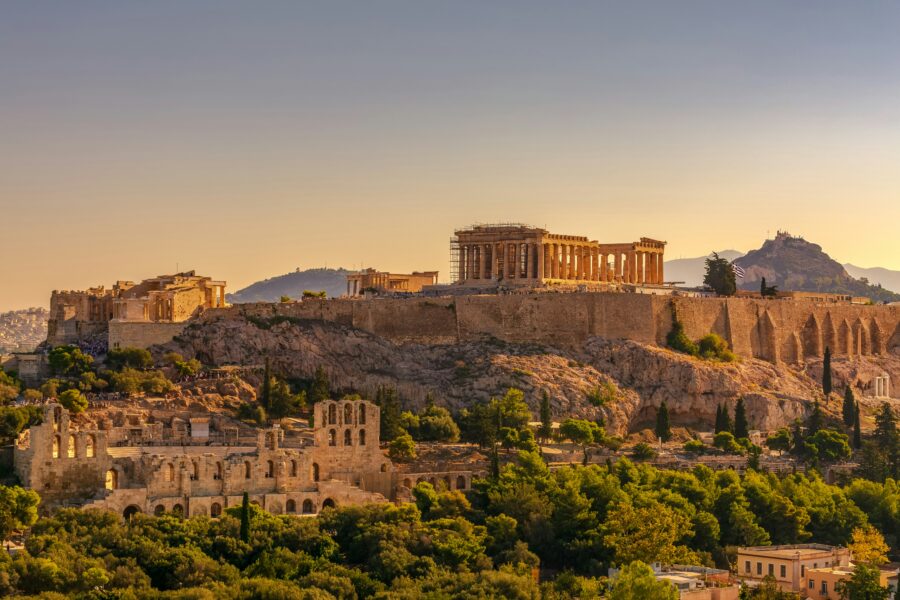
When you picture Athens, the Acropolis pops up instantly. It sits high above the city, visible from almost anywhere, and at night, when it’s all lit up, it’s magic.
The Parthenon, sitting right at the top, was built back in the 5th century BC. Walking among those marble columns, you get a sense of just how ambitious ancient Athens really was.
If you love history, don’t skip the National Archaeological Museum—the sculptures and artifacts there really bring the ruins to life. And if you want to dig deeper, guided city tours covering the Acropolis and nearby sites are super popular.
Hagia Sophia and Blue Mosque
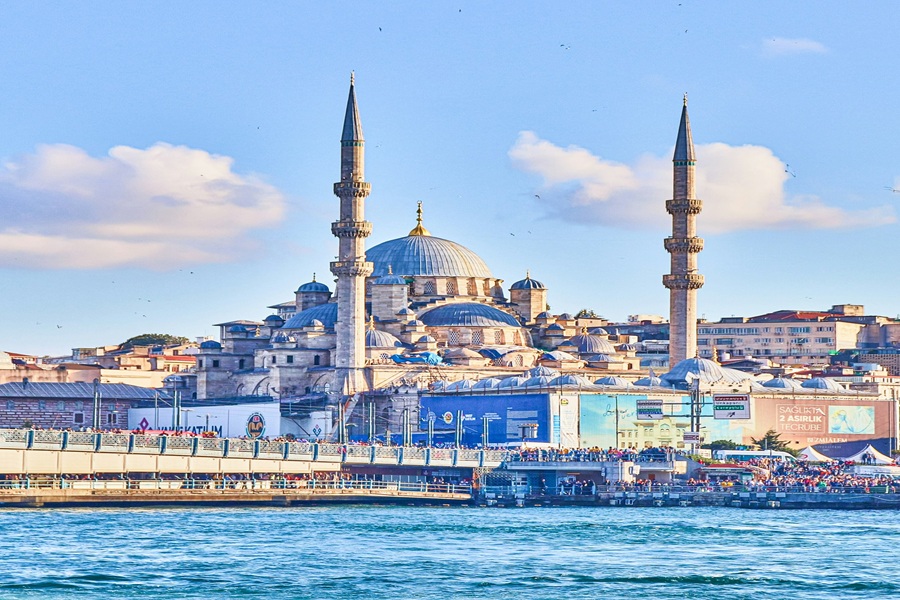
Istanbul’s skyline is all about domes and minarets, and two places really stand out. The Hagia Sophia started as a Byzantine church, then became an Ottoman mosque, and now it’s a museum again. Inside, golden mosaics share space with sweeping Arabic calligraphy.
Right across the square, the Blue Mosque (Sultan Ahmed Mosque) still serves as a working mosque. You’ll need to dress modestly and take your shoes off before heading in. The inside is covered in thousands of blue Iznik tiles—hence the name.
Both are free to enter, but the lines can be brutal. If you’re short on time, it’s worth booking attractions and tours ahead to skip the crowds.
Grand Bazaar and Topkapi Palace
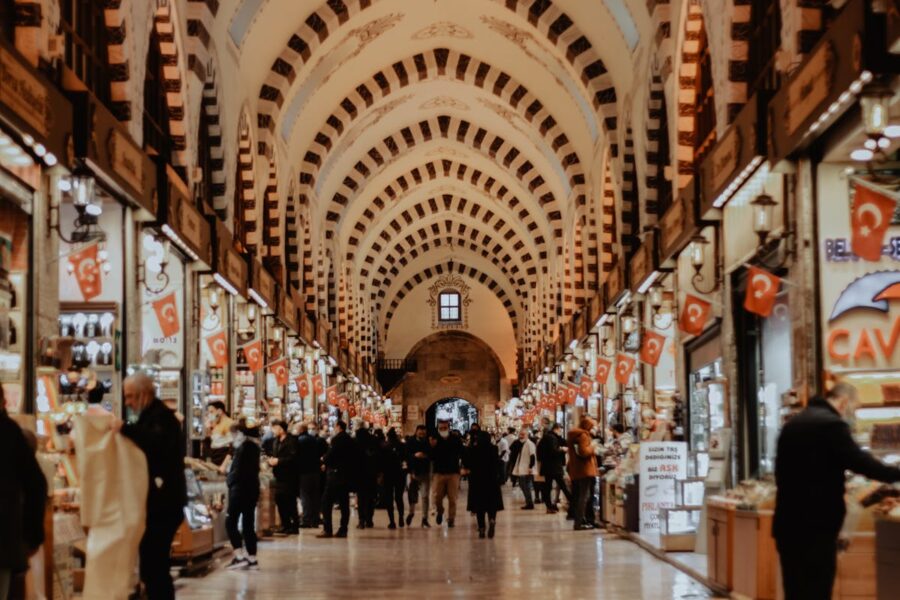
If you want to feel Istanbul’s energy, head straight for the Grand Bazaar. It’s one of the world’s oldest covered markets, with over 4,000 shops selling everything from carpets to spices to leather goods. Don’t be shy—bargaining is just part of the experience.
A quick walk away, Topkapi Palace once housed the Ottoman sultans. The place is massive, with courtyards, ornate rooms, and killer views over the Bosphorus. The Treasury, where they keep jewel-encrusted swords and the famous Topkapi Dagger, is a must-see.
If time’s tight, I’d go for the Harem section. It needs a separate ticket, but the rooms are gorgeous and give you a peek into the sultans’ private world.
Agora and Plaka
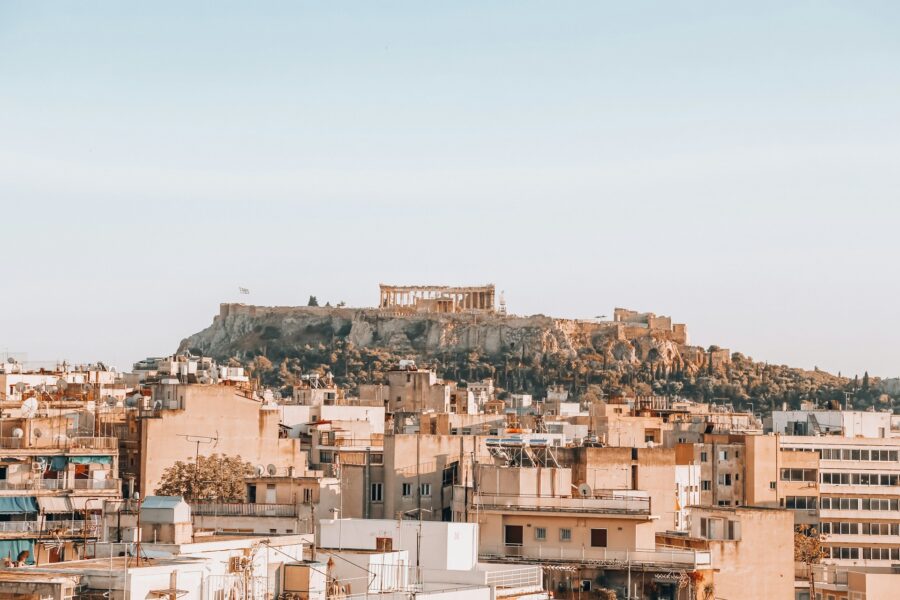
Back in Athens, the Ancient Agora was the real heart of the city. Citizens came here for markets, debates, and social gatherings. You can still walk through the ruins, including the Temple of Hephaestus, which is surprisingly well-preserved.
Right next door is Plaka, one of Athens’ oldest neighborhoods. The narrow streets wind past neoclassical houses, cozy cafes, and quirky shops.
I’ve lost entire evenings here, just wandering, grabbing souvlaki from a street stand, and listening to bouzouki music drifting out of tavernas. It’s the perfect place to wind down after a day of ruins.
Culinary Experiences and Local Flavors
Food in Athens and Istanbul? It tells the story of centuries of trade, conquest, and creativity. Olive oil, spices, sweets—they cross borders, but each city adds its own spin.
Greek Cuisine and Souvlaki
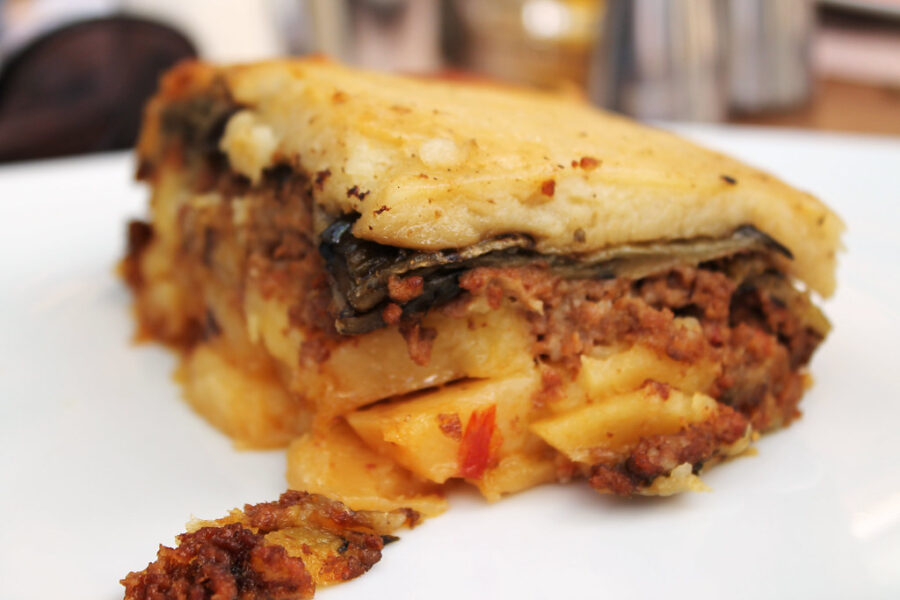
Sit down in Athens and chances are, your first plate’s going to be souvlaki. It’s simple—grilled meat on skewers, usually pork or chicken, wrapped in warm pita with tomato, onion, and a hit of tzatziki. What makes it pop is the freshness. I still remember my first souvlaki from a tiny stand near Monastiraki—the pita was so soft, it basically melted in my hand.
Greek food leans hard on olive oil, oregano, and whatever veggies are in season. Even the most casual taverna will hand you a salad that tastes like it just came from the garden. You’ll spot moussaka and dolmades on menus, but souvlaki is the dish you’ll crave again and again—it’s cheap, filling, and everywhere.
Not sure where to start? Athens is packed with local restaurants serving these classics, and every food guide will point you toward souvlaki when you eat your way through Athens.
Turkish Cuisine and Kebabs

Walk through Istanbul and you’ll catch the scent of grilled meat on the breeze. Kebabs come in a dizzying variety—Adana, Iskender, shish, döner—you could try a new one every day and never get bored. I’m hooked on Iskender kebab: slices of lamb over bread, drenched in tomato sauce and yogurt.
Turkish cuisine stands out for its spices—smoky paprika, cumin, sumac. They add a depth you just don’t find in Greek food. And it’s not all about the meat. Istanbul’s meze platters—small plates of eggplant, hummus, stuffed grape leaves—are legendary.
Locals take serious pride in their kebabs, and honestly, they’ve earned it. Istanbul’s food scene is one of the world’s best, hands down. If you’re chasing bold flavors, you’ll never run out of options, from street food to fine dining. Even travelers comparing the two cities agree: Istanbul’s a food lover’s playground.
Coffee Culture: Greek vs Turkish

Coffee is practically a sacred ritual in both cities, but there are little differences you’ll notice. Greek coffee gets brewed in a tiny pot called a briki, served in a mini cup with a thick layer of grounds at the bottom. It’s strong, almost syrupy, and you’re meant to linger over it.
Turkish coffee looks similar, but it’s a touch richer, sometimes spiced with cardamom. Locals serve it with water and maybe a sweet treat on the side. Oh, and fortune-telling from the coffee grounds? Still a thing in Istanbul cafés.
I’ve spent hours in both Greek and Turkish cafés, and honestly, it’s the vibe that stands out. Athens feels casual and social, while Istanbul’s coffeehouses are a bit more ceremonial. Either way, don’t rush—coffee here is for savoring, not chugging.
Sweets: Baklava and Turkish Delight

Got a sweet tooth? You’re in for a treat. Baklava pops up in both Athens and Istanbul, but you’ll notice the differences right away. In Greece, they pack it with walnuts and drench it in honey syrup. Over in Turkey, baklava usually comes loaded with pistachios and a lighter sugar syrup. It’s not as sticky, but honestly, just as decadent.
And then there’s Turkish delight, or lokum. These soft, chewy cubes—dusty with sugar—come in flavors like rose, lemon, or pistachio. I once brought a box home, thinking I’d savor it, but let’s be real: it barely made it through the weekend. Greeks have their own version, but Istanbul is where Turkish delight really steals the show.
People in both cities love pairing their sweets with coffee. It’s almost a ritual to finish a meal with a bit of baklava or delight. There’s just something timeless about it, a shared tradition that hints at their tangled food history—read more here.
City Life and Neighborhood Vibes
Athens and Istanbul both pulse with energy, but in such different ways. Athens draws you in with ancient streets and café culture. Istanbul? It’s all about that East-meets-West buzz.
Neighborhoods shape the rhythm in both cities. It’s wild how much character you’ll find just wandering a few blocks.
Athens Old Town and Plaka

If you’re dropping into Athens for a quick city break, you’ll almost certainly land in Plaka. It’s that postcard-perfect area tucked under the Acropolis, often called the “Neighborhood of the Gods.”
Picture narrow streets, neoclassical houses, and tavernas spilling out onto the sidewalks. Plaka just begs you to walk.
You can hop from tiny souvenir shops to family-run bakeries in a matter of steps. Sometimes, a bouzouki player sets the soundtrack for your stroll.
I’ve lost hours at a café here with nothing but a plate of souvlaki and some people-watching. The mix of locals and tourists makes it feel lived-in, not staged.
If you want to slow things down, sneak into Anafiotika. It’s a hidden corner that feels like a Cycladic island village, right in the city.
Beyoglu and the Asian Side
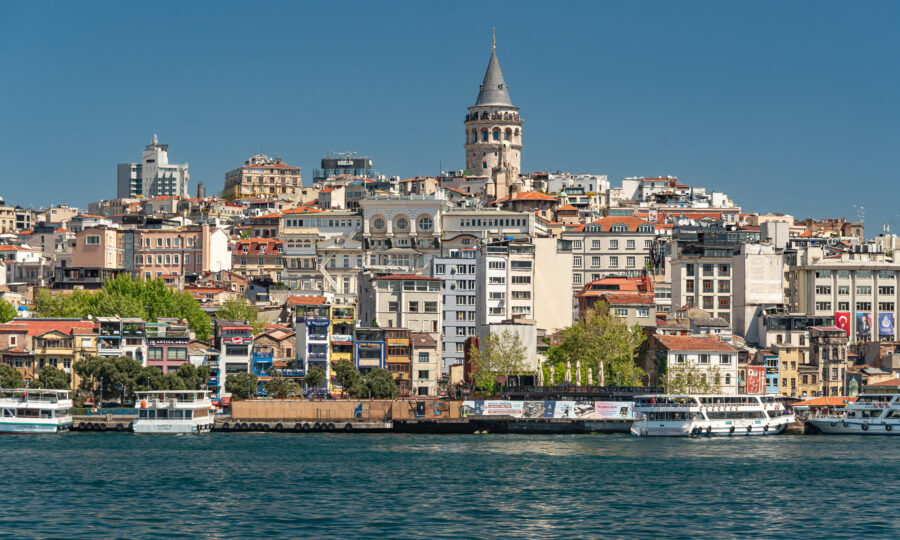
Beyoglu in Istanbul? That’s where you’ll feel the city’s heartbeat. Istiklal Avenue runs through it, lined with shops, cinemas, and late-night food stalls.
But the real gems hide in the side streets—jazz clubs, art galleries, and meyhanes serving endless meze.
Hop over to the Asian side and everything shifts. Kadıköy is a personal favorite—young, artsy, and less touristy than the old city. Record shops, murals, and markets bursting with everything from spices to fresh fish.
Even the ferry ride is part of the adventure. Watching Istanbul’s skyline slide by as you cross the Bosphorus? You’re basically jumping between continents in half an hour. Athens just can’t match that.
Nightlife and Entertainment

Nightlife in Athens and Istanbul? Total opposites.
Athens comes alive in spots like Psiri and Gazi, with rooftop bars perched under the Acropolis and clubs that don’t get going until well after midnight. Even the laid-back tavernas can turn into dance parties.
Istanbul’s nightlife feels more layered. In Beyoglu, you’ll find rooftop terraces with views of the Golden Horn, and Karaköy serves up trendy cocktail bars next to chill tea houses. The Asian side leans toward cozy cafés and live music joints.
Personally, I think Istanbul wins for variety—you can start your night in a smoky jazz club and end up by the water eating seafood. But Athens? There’s nothing like sipping a drink under the Parthenon’s glow. It really comes down to whether you’re after energy or something more intimate.
If you’re curious for more, check out Athens vs. Istanbul for nightlife and food or dive into Istanbul’s neighborhoods compared to Athens’ historic heart.
Getting Around: Transportation and Accessibility

Both cities have solid public transit setups, but the vibe is totally different once you’re on the ground. You’ll find metros, buses, and trams in both places. Istanbul adds ferries, which is a whole different level of cool.
Public Transit: Buses, Trams, and Metros
Athens keeps it pretty straightforward. The metro is clean, efficient, and connects the airport right to the city center. I always appreciate how easy the signs are—even if Greek isn’t your thing.
Trams work well if you’re heading out to the coast, though they’re not super speedy. Buses fill in the gaps, but rush hour traffic can be a pain.
Istanbul’s system is bigger and, honestly, a bit more chaotic. You’ve got metro, trams, buses, and a funicular. Trams are great for sightseeing since they run right through the historic core.
The bus network can feel overwhelming, especially if you’re new in town. If you’re lugging bags, consider dropping them at a luggage storage spot before braving the crowds.
Quick comparison:
- Athens: Metro, buses, trams
- Istanbul: Metro, trams, buses, funicular
Ferries and Cross-Continent Journeys
Here’s where Istanbul blows most cities out of the water. You can hop on a ferry and cross from Europe to Asia in less than half an hour. The ferries aren’t just a way to get around—they’re an experience.
I’ve spent afternoons sipping tea on deck, just watching the city drift by.
Athens doesn’t really use ferries for daily commutes, but if you’re heading to the islands, the port of Piraeus is your jumping-off point. It’s busy, a bit chaotic, but once you’re on board, you’re off to places like Santorini or Crete.
If you’re planning to visit both cities, flying between Athens and Istanbul is usually the easiest move. You can often find cheap flights if you plan ahead.
So, Athens keeps you grounded, Istanbul takes you across the water. Both are easy to navigate once you get the hang of it, but wow, the experiences are worlds apart.
Climate, Environment, and Best Time to Visit
Both Athens and Istanbul sit in the Mediterranean, but you’ll feel the difference in the air. Summer heat, winter rain, and the daily rhythm—these things shape how you experience each city.
Mediterranean Climate Comparison

Athens is classic Mediterranean—long, dry summers and mild, wetter winters. The city just feels sunnier, with more bright days and endless blue skies.
If you love being outside, Athens gives you those perfect golden afternoons.
Istanbul, though still Mediterranean, sits between the Black Sea and the Sea of Marmara, so it gets more humidity. Summers can feel heavier, and there’s always a chance of an afternoon thunderstorm.
On the plus side, the extra moisture keeps the city green, and the Bosphorus breeze can be a lifesaver when the heat gets real.
I’ve walked through Athens in late June and felt the sidewalk practically radiate heat. In Istanbul, I’ve ducked into a café to wait out a sudden downpour. Both cities shine in summer, but it’s a different kind of shine.
If you’re into dry heat, Athens is your friend. Prefer a bit of humidity and more green? Istanbul’s probably your pick.
Average Temperatures and Weather Patterns
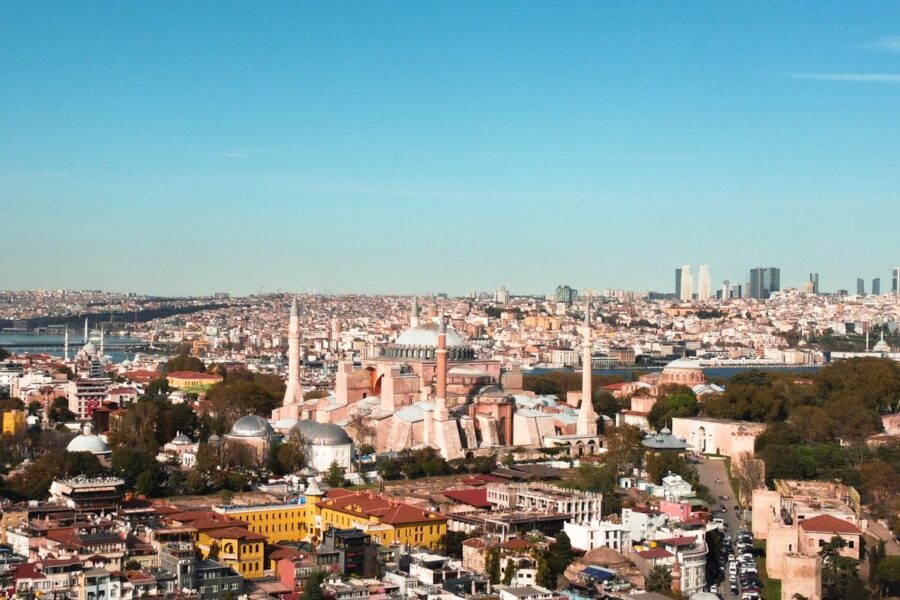
Athens cranks up the heat in summer, often pushing past 33°C (91°F). July and August can get intense, especially away from the coast. The upside? Beaches are close, and the sea stays warm well into September.
Istanbul’s summer highs usually hover around 28–30°C (82–86°F), but that humidity makes it feel warmer. The city swings more with the seasons—spring and fall bring crisp, perfect days for exploring.
Winter in Athens rarely drops below 5°C (41°F), but you’ll get rain. Istanbul can go colder, and sometimes you even see snow. That’s something Athens just doesn’t do.
Take a quick look:
| City | Summer Avg. | Winter Avg. | Rainfall Pattern |
|---|---|---|---|
| Athens | 33°C / 91°F | 10°C / 50°F | Dry summers, wetter winters |
| Istanbul | 28–30°C / 82–86°F | 6°C / 43°F | More humidity, chance of snow |
If you’re planning, late spring (May–June) or early autumn (September–October) hit the sweet spot. You dodge the worst of the heat in Athens and the sticky humidity in Istanbul, but still get long days and balmy nights.
For a deeper dive, check out this climate comparison of Athens and Istanbul.
Frequently Asked Questions
Traveling between Athens and Istanbul? You’ll get two totally different flavors of history, culture, and daily life. The food, the pace, even how people move around—it all contrasts, but both cities share a kind of effortless hospitality that makes you feel at home.
What cultural differences should I expect when traveling between Athens and Istanbul?
In Athens, life slows down. Cafés fill with locals who sip coffee for hours, and conversations get loud and warm.
Istanbul feels busier, with the call to prayer echoing through neighborhoods and bazaars that never seem to sleep. Remember to respect mosque etiquette—cover up and keep it quiet.
How does the cost of living compare between Athens and Istanbul for tourists?
Athens usually costs a bit more, especially for hotels and central dining. A meal in a taverna won’t break the bank, but sit-down restaurants can add up.
Istanbul gives you more bang for your buck. Street food is cheap and filling, and places to stay are often less expensive. Want to compare? Check Booking.com for the latest.
What are the must-see historical sites in both Athens and Istanbul?
In Athens, you can’t skip the Acropolis. Photos don’t do it justice—standing under the Parthenon is a whole different feeling. The Ancient Agora is also worth a wander if you like imagining old city life.
Istanbul’s Hagia Sophia and Blue Mosque are musts, but they wow you in a different way. That Byzantine and Ottoman mash-up just feels so layered and rich.
Can you recommend the best travel itinerary for a combined trip to Athens and Istanbul?
With a week, I’d split it—three days in Athens, four in Istanbul. Start in Athens for ruins and museums, then dive into Istanbul’s food and neighborhoods.
Travel light! Reliable travel gear makes life easier, especially when moving between cities.
What are the transportation options available when traveling from Athens to Istanbul?
Flights are the fastest—about an hour, usually. You can find deals by checking flight sites.
Buses exist, but they’re slo
How do the culinary experiences in Athens differ from those in Istanbul?
Greek food? It’s all about that olive oil, grilled meats, and those impossibly fresh veggies. You’ll find yourself tucking into souvlaki or moussaka, probably with a generous Greek salad on the side.
Meals in Athens tend to linger, with locals pouring another glass of wine and chatting long after the plates are empty.
Now, Istanbul’s food scene hits different. The flavors are bolder, spicier, and honestly, there’s just more variety. You’ll spot kebabs sizzling everywhere, and the mezes—little plates packed with flavor—are tough to resist.
And don’t even get me started on the sweets. Baklava, Turkish delight, it’s almost impossible to walk past without grabbing something sugary.
If you’re in Istanbul, you’ve got to try a traditional Turkish breakfast at least once. It’s a feast that’ll probably stick in your memory for years—trust me on that.

